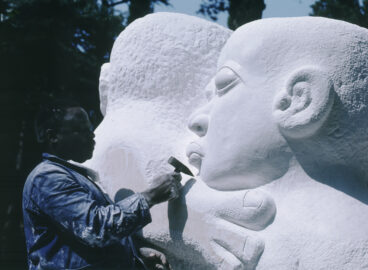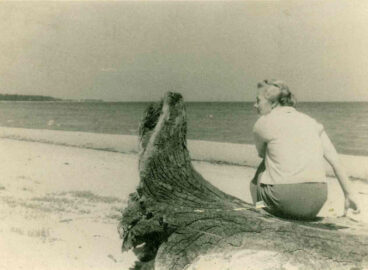In this 5 Questions interview, Eda Čufer, art historian and member of the art collective Neue Slowenische Kunst (NSK), sheds light on the challenges in negotiating between canonical art histories and local specificities in Eastern Europe, specifically in the countries of former Yugoslavia. In contrast to the continuities of so- called “Western” art history, art histories in this region have been frequently disrupted.Čufer advocates for the support of institutions and scholars who can work together to create new strategies for the future. For example, she specifically cites the importance of transnational movements as foundational for many artist practices in Slovenia. While Čufer is somewhat cautious in defining a global art, she appreciates the efforts made through cross-cultural networks enhanced through increased global communications.
5 Questions with Eda Čufer
September 7, 2017


